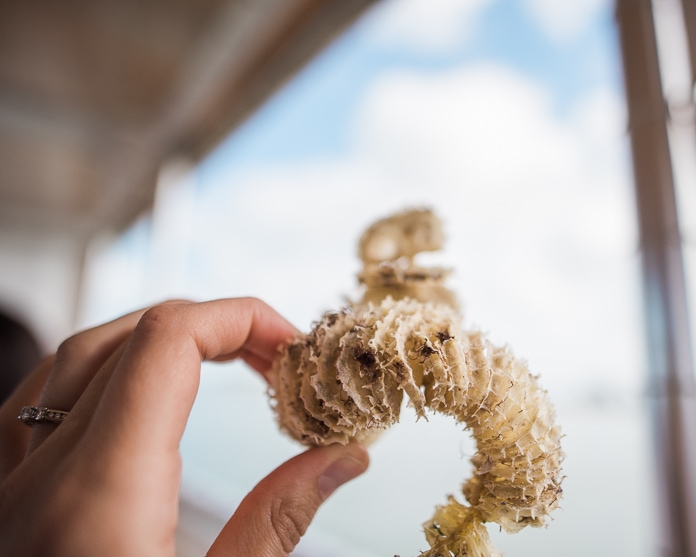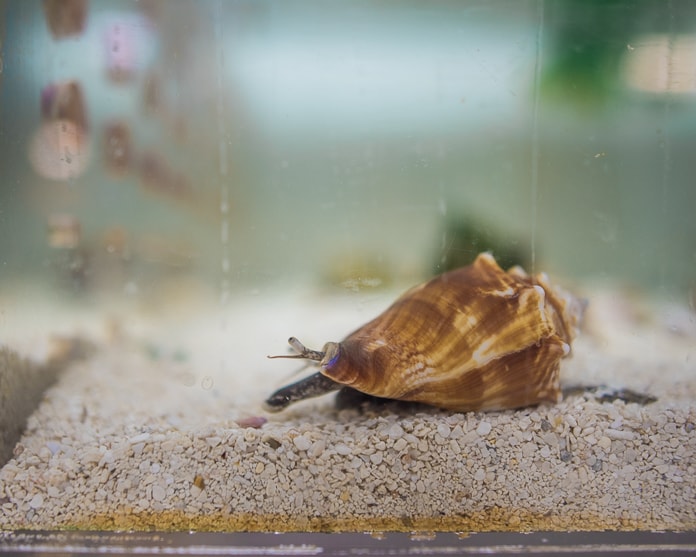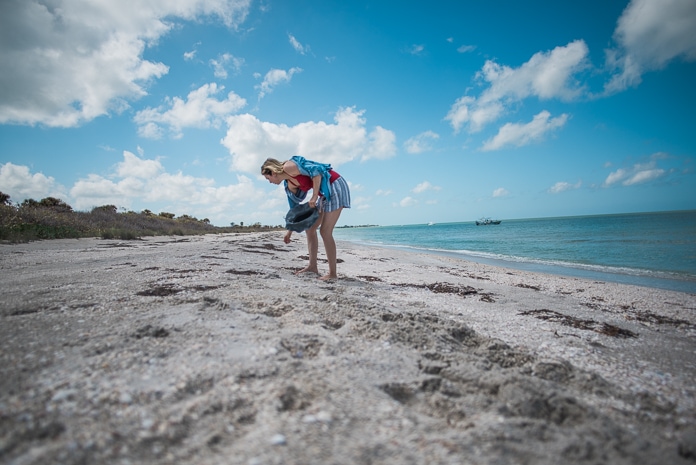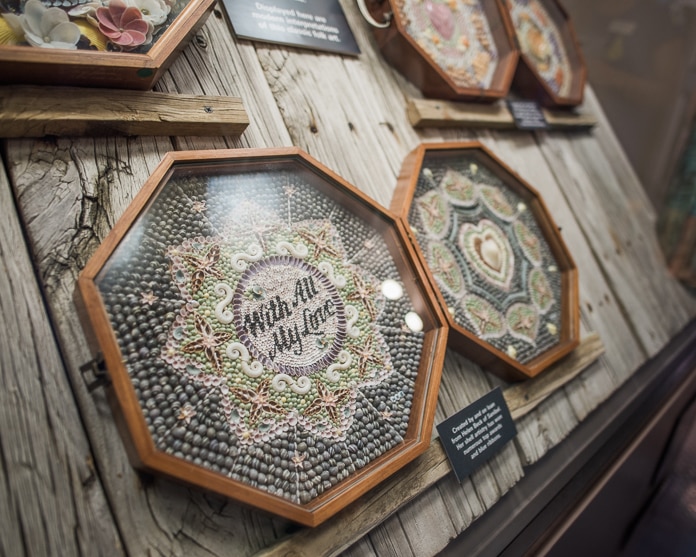When I was a kid growing up along the coast of Washington, I'd walk down to the coastline to go shelling at the beach and repeat to myself over and over again, “She sells sea shells by the sea shore.” I learned this little diddy from my stepmom and I thought it was SO clever. Not even kidding, I had visions of myself collecting all the shells and opening up shop, making some sort of jewelry out of it and eventually saving enough money to escape our tiny island.
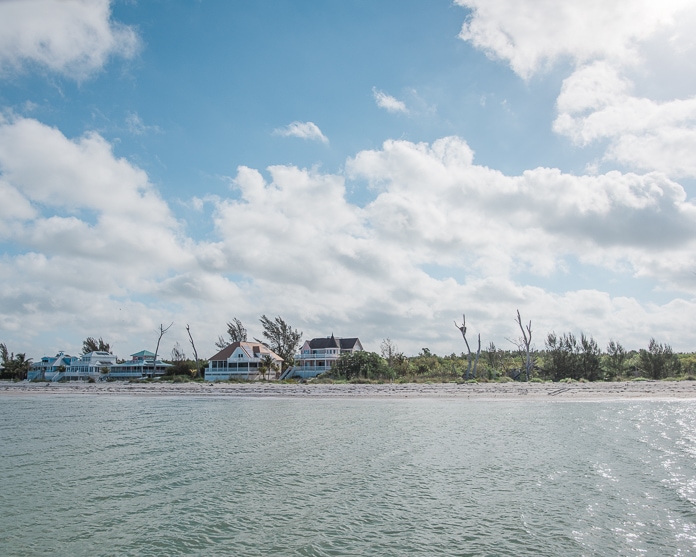
I didn't wind up running a shell business, but I did eventually get off that island. Ironic, then, that today I found myself back on an island – and feeling happy as a clam.
Nate and I have been making an extra effort lately to share our passions with the kids, taking them outdoors to do everything from fishing to tide pooling to camping. One thing we want to be really mindful of is that we're teaching them how to do all of these things in a sustainable way so that their kids and their kids' kids can continue this legacy. So when we were invited out to Fort Myers and Sanibel to learn all about shelling in Florida, I couldn't pass up the chance!
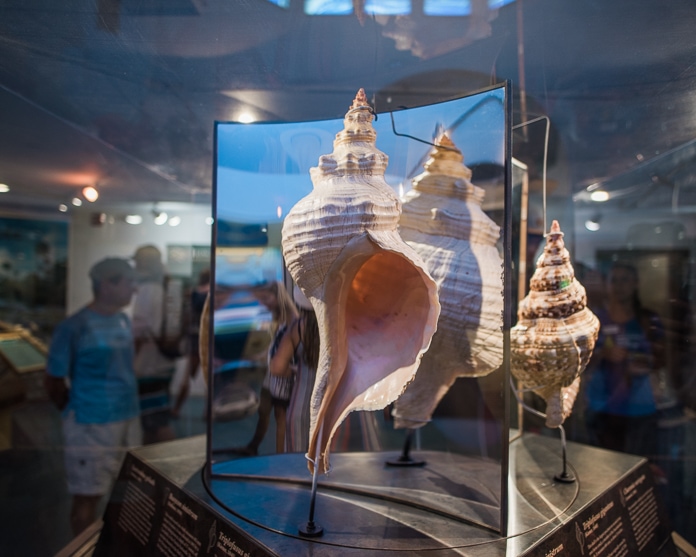
As a kid, I'd indiscriminately chuck whatever shore treasures I could find into my little knapsack. Scuttling creatures, seaweed, brittle sticks and stones and shells. You name it. Perhaps that's why my seashelling endeavors never quite matched up to my dreams. Turns out, I was doing it all wrong.
Read on, my friends, to see what shelling is all about – and how you can share this fun pastime with your family.
Shelling with Intention
Get excited with fun facts
Before you even head to the beach, a quick little shell rundown will help give your kids some context for the activity. We were lucky enough to be guided by one of Florida's own resident shell experts, but don't worry…I took notes!
- Sea shells are made of calcium carbonate that the creatures inside the shell (called mollusks) form using the salt and water around them. Their shells colors vary based on their diet.
- Mollusks reproduce either through direct copulation or by releasing sperm and eggs into the air to meet and produce larvae. Fertilized females lay egg cases in chains or clusters holding thousands of eggs (pictured in the photo above).
- Many are herbivores, but some mollusks EAT each other! Horse conches like to smother creatures in other shells and consume them. Ew.
- Nine out of ten shells open to the right. Can you find a lefty?
Rule number one: only collect dead shells
Know the difference between shells that are dead and alive. Look for movement. If it's a hinged shell that's shut or even partially shut, it's alive and being held closed by tendons. If it's slimy, it's alive and the creature is probably hiding behind a “trap door” within the shell made out of something similar to our fingernails. Those creatures are attached to the shell and the shell actually grows with it. This is different than hermit crabs, who scavenge shells left behind by dead mollusks. If you encounter a shell with a creature in it, DON'T throw it. You could tear it from the shell and kill it. Instead, gently place it back in the water and go on your merry shelling way.
Gear up
Bring a bucket or bag, a small shovel, water shoes (and waterproof pants, if you plan to scuttle on all fours) in addition to the usual beach essentials like sunscreen, water and bug repellant. You may also want a sieve to extract tiny shells from the sand.
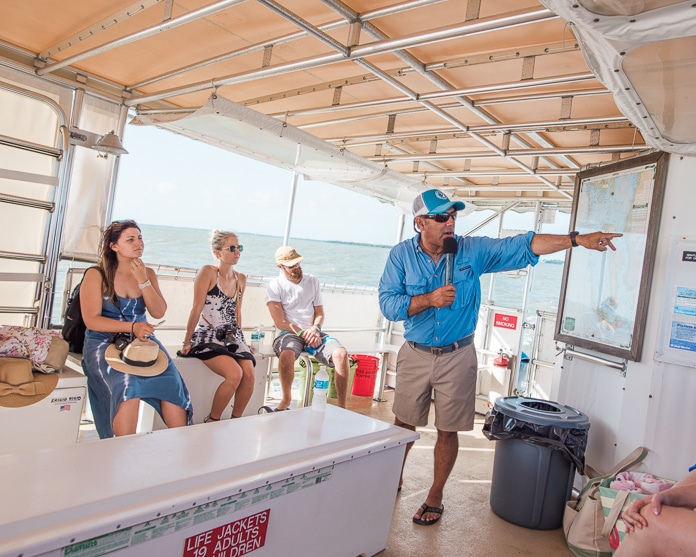
Know when and where to go
While shelling is a worldwide activity along numerous diverse shores, there are definitely shelling hot spots. Captiva and Sanibel are ranked among the top shelling destinations worldwide, and they even have a National Seashell Day to celebrate (it's a big deal, you guys!). Some of the best beaches in the area for shelling include Causeway Beaches, Lighthouse Beach, Gulf City Park, Tarpon Bay Beach, Bowman's Beach, Blind Pass Beach, Turner Beach, and the north end access beach on Captiva.
If you can't make it out to Florida, do a quick Google search to look up the regulations and shell availability in your state and city. Where we live in Southern California, shelling is extremely limited since we have a natural dearth of shells due to poor tidal patterns. We also have extremely strict marine laws that limit what can be taken from the shores. Once you pick a destination, try to hit the sand at low tide, when the water has left more shells exposed. It's a good idea to follow along the low tide and high tide points for your greatest chances of discovering rare finds. The best shelling is said to happen during a full moon or new moon and after a storm.
Store your shells properly.
Soak your shells overnight in a 50-50 bleach-water solution to kill any fungus. Lay them out in the sun to dry, and then remove any lingering debris with a toothpick or toothbrush. You can store your seashells in a vase, affix them to a frame, or even make crafts out of them using a Dremel drill. Sailors used to lay them out in intricate “Valentine Box” displays to take home to their loved ones.
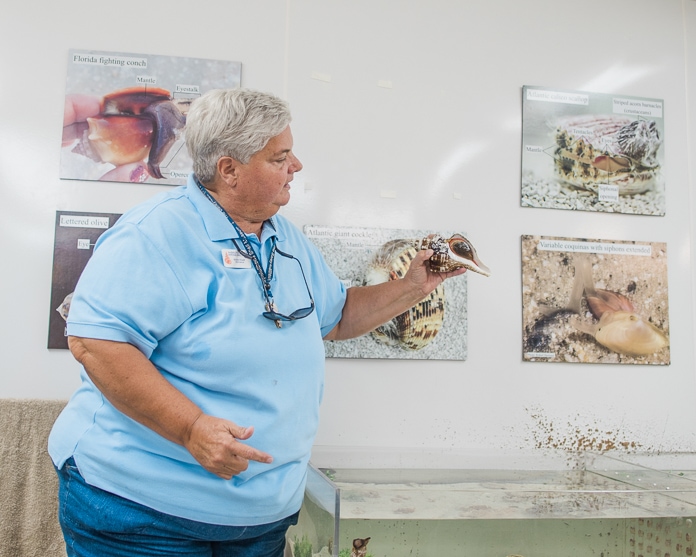
If you're ever able to make it out to Fort Myers for a shelling experience, you should definitely hit up the National Seashell Museum. The docents there were so incredibly knowledgeable, it was astonishing. In all my years of plotting a seashell business, I'd honestly never contemplated the life cycle of a seashell.
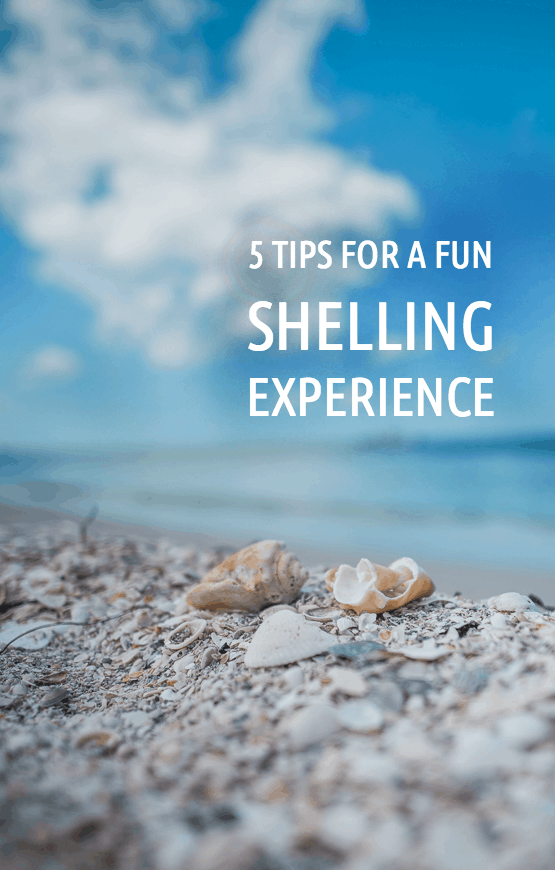
Do you ever go shelling?
